Mole Food Mexican: A Flavorful Journey Through Spices and Tradition
When it comes to spice, few things are as rich, complex, and deeply rooted in culture as mole. This traditional Mexican sauce is more than just a condiment—it's a celebration of flavor, history, and culinary artistry. In this article, we'll dive into the world of mole food mexican, exploring its origins, key ingredients, and how you can bring this iconic dish to your own kitchen.
Table of Contents
- What Is Mole?
- Types of Mole
- Key Ingredients in Mole
- How to Make Mole at Home
- Buying Guide for Mole Ingredients
- Tips and Tricks for Mole Enthusiasts
- Conclusion
What Is Mole?
Mole, which means “sauce” in Nahuatl (the language of the Aztecs), is a thick, rich sauce that has been a staple of Mexican cuisine for centuries. It’s known for its deep, complex flavors, often combining sweet, spicy, and savory notes. While there are many variations, most moles include a mix of chiles, spices, nuts, and chocolate—each adding layers of taste that make it unforgettable.
One of the most famous types is mole poblano, made with ancho chiles, chocolate, and spices like cinnamon and cloves. Another popular variety is mole verde, which uses green chiles and herbs for a fresher, lighter profile.
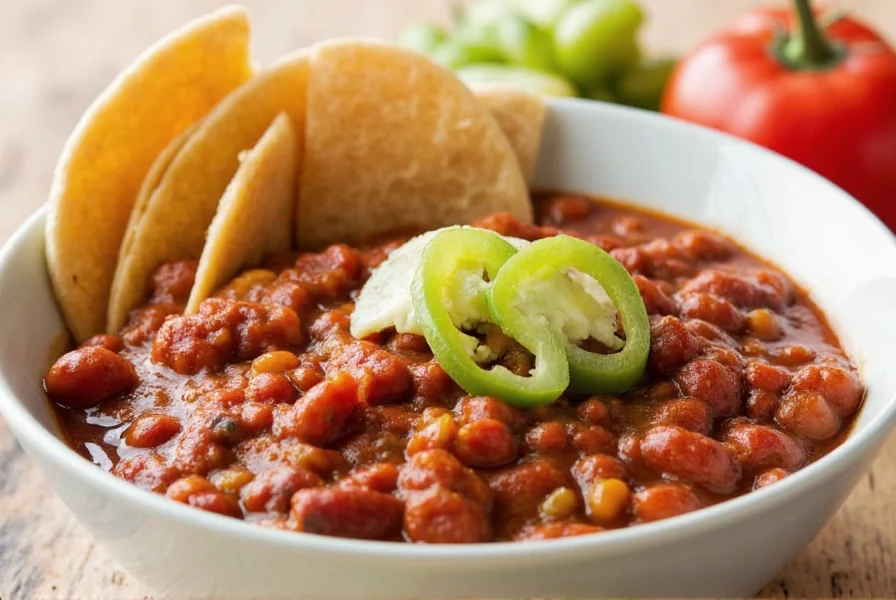
Types of Mole
There are several distinct types of mole, each with its own unique character and regional roots:
- Mole Poblano: The most well-known type, made with dried chiles, chocolate, and spices. Often used with chicken or turkey.
- Mole Verde: A green mole made with fresh herbs, tomatillos, and jalapeños. Great for tacos and enchiladas.
- Mole Negro: A dark, intense mole from Oaxaca, made with chiles, tomatoes, and sometimes fruit. Known for its smoky depth.
- Mole Rojo: A red mole with a strong chili base, often served with meats or vegetables.
- Mole de Guajillo: A lighter version using guajillo chiles and a blend of spices.

Key Ingredients in Mole
To create a true mole, you’ll need a combination of ingredients that bring both heat and balance to the sauce. Here are some of the most common components:
- Chiles: Ancho, pasilla, guajillo, or mulato chiles are commonly used for their depth of flavor.
- Spices: Cinnamon, clove, cumin, and pepper add warmth and complexity.
- Nuts and Seeds: Almonds, sesame seeds, and pumpkin seeds contribute texture and richness.
- Chocolate: Dark chocolate adds a subtle sweetness and enhances the umami of the sauce.
- Tomatoes or Tomatillos: These provide acidity and a base for the sauce.
- Garlic and Onions: For depth and aroma.
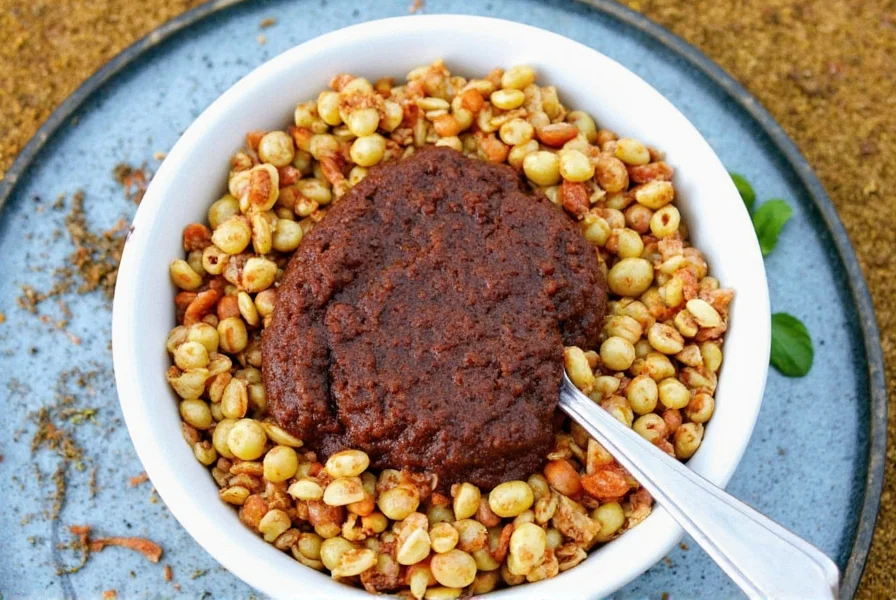
How to Make Mole at Home
While making mole can be time-consuming, the result is worth every minute. Here’s a simple guide to get you started:
- Roast the Chiles: Start by roasting your chosen chiles over an open flame or under the broiler until they’re charred. Soak them in warm water until soft.
- Toast the Spices: In a dry pan, lightly toast your spices (cinnamon, cloves, cumin) to release their aroma.
- Cook the Base: In a large pot, sauté onions, garlic, and tomatoes or tomatillos. Add the soaked chiles and puree everything together.
- Add Nuts and Chocolate: Stir in ground nuts, seeds, and chopped chocolate. Cook on low heat for about 30 minutes, allowing the flavors to meld.
- Season and Serve: Taste and adjust seasonings. Serve over your favorite meat or use as a dip.
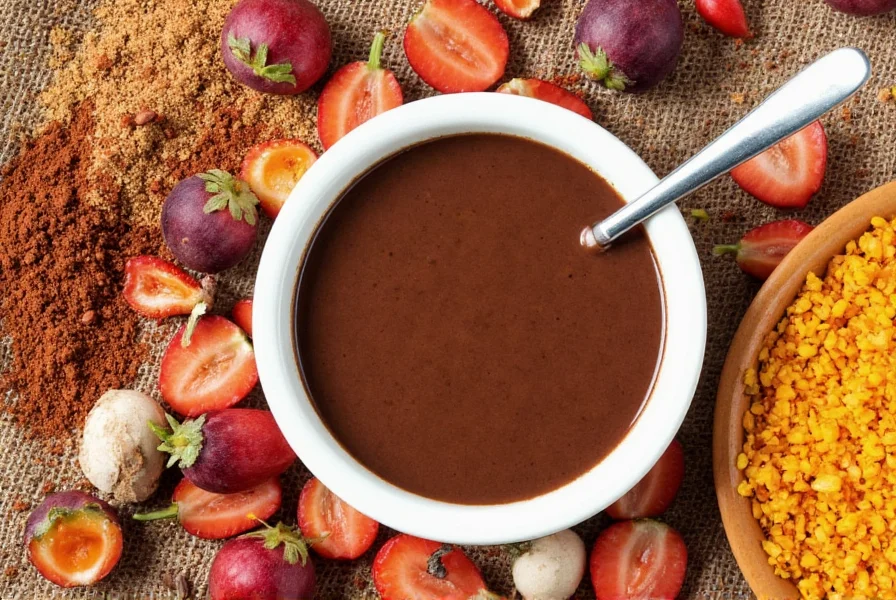
Buying Guide for Mole Ingredients
If you're new to mole or want to elevate your cooking, here's a quick buying guide for essential ingredients:
| Ingredient | Features | Best For | Occasions |
|---|---|---|---|
| Ancho Chiles | Smoky, sweet, and mild | Mole Poblano | Dinner parties, family gatherings |
| Dark Chocolate | Rich, bitter, and creamy | All types of mole | Elevating dishes, desserts, or sauces |
| Sesame Seeds | Nutty and aromatic | Mole recipes with a nutty base | Festive meals, holiday dinners |
| Pumpkin Seeds | Crunchy and earthy | Traditional mole recipes | Better texture in sauces |
| Guajillo Chiles | Mildly spicy and tangy | Mole de Guajillo |
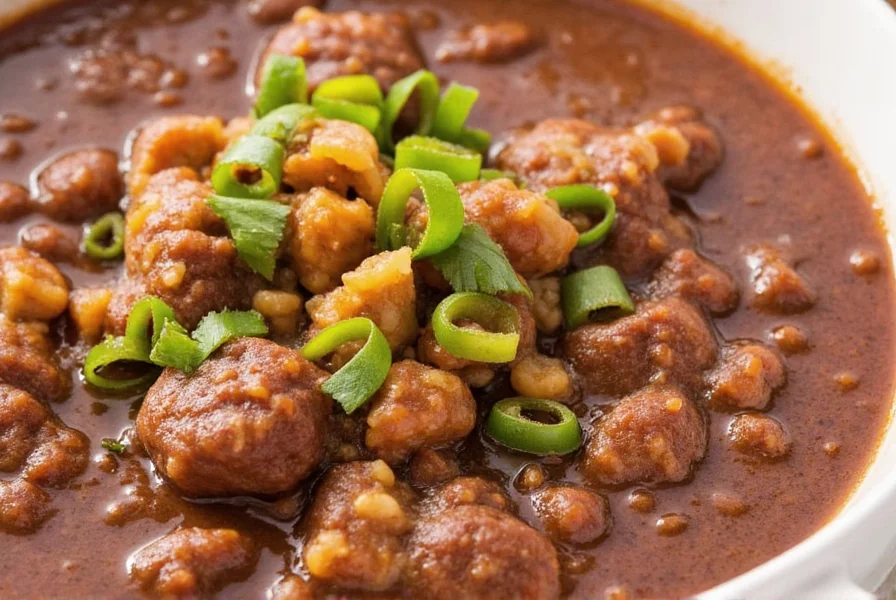
Tips and Tricks for Mole Enthusiasts
Whether you're a seasoned chef or a home cook, these tips will help you master the art of mole:
- Use Fresh Ingredients: Fresh chiles, herbs, and spices make all the difference in flavor.
- Don’t Rush the Process: Mole needs time to develop its full flavor. Let it simmer slowly.
- Experiment with Variations: Try different chiles, spices, or even fruits like mango or pineapple for a twist.
- Pair with the Right Dish: Mole pairs best with chicken, pork, or roasted vegetables.
- Store Properly: Keep leftover mole in an airtight container in the fridge for up to a week or freeze for later use.
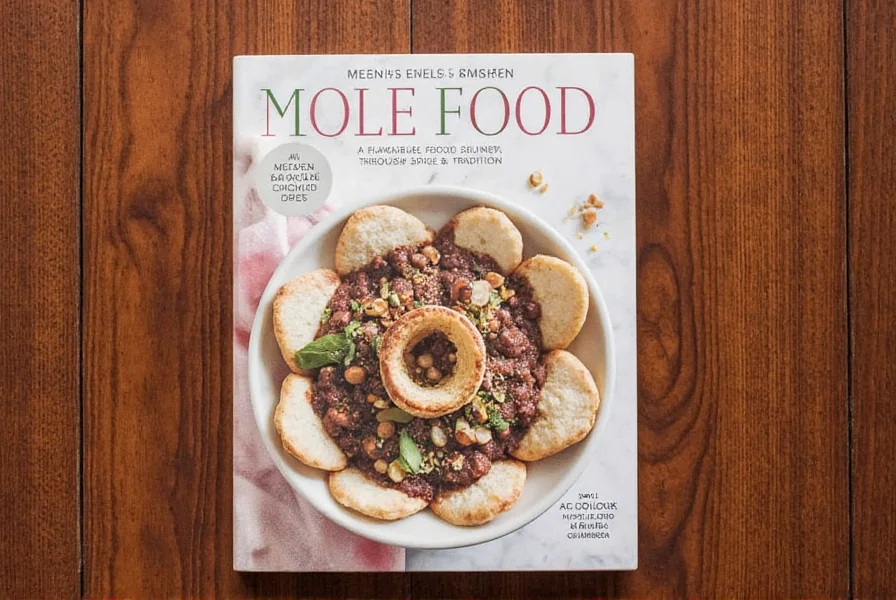
Conclusion
Mole food mexican is more than just a sauce—it’s a symbol of tradition, heritage, and the vibrant spirit of Mexican cuisine. With its perfect balance of sweet, spicy, and savory flavors, mole is a must-try for anyone who loves bold, complex tastes. Whether you're making it at home or enjoying it at a local restaurant, mole offers a unique experience that’s both comforting and exciting.
As we’ve seen, understanding the ingredients, types, and techniques behind mole can deepen your appreciation for this iconic dish. So next time you have the chance to try mole, take a moment to savor not just the flavor, but the story behind it.

The journey through mole food mexican is one of discovery, passion, and deliciousness. As you explore its many forms and flavors, remember that the heart of mole lies in its ability to bring people together through shared meals and cultural connections.

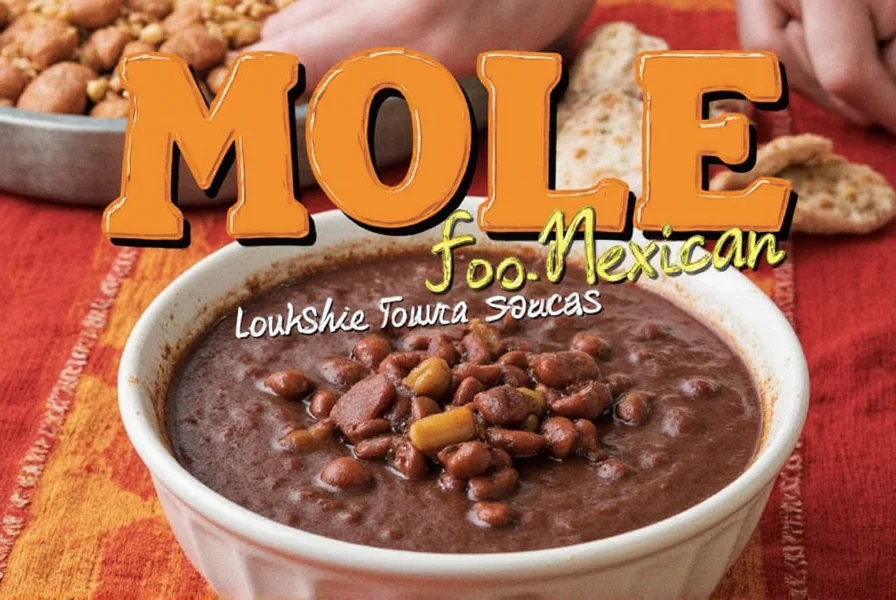









 浙公网安备
33010002000092号
浙公网安备
33010002000092号 浙B2-20120091-4
浙B2-20120091-4